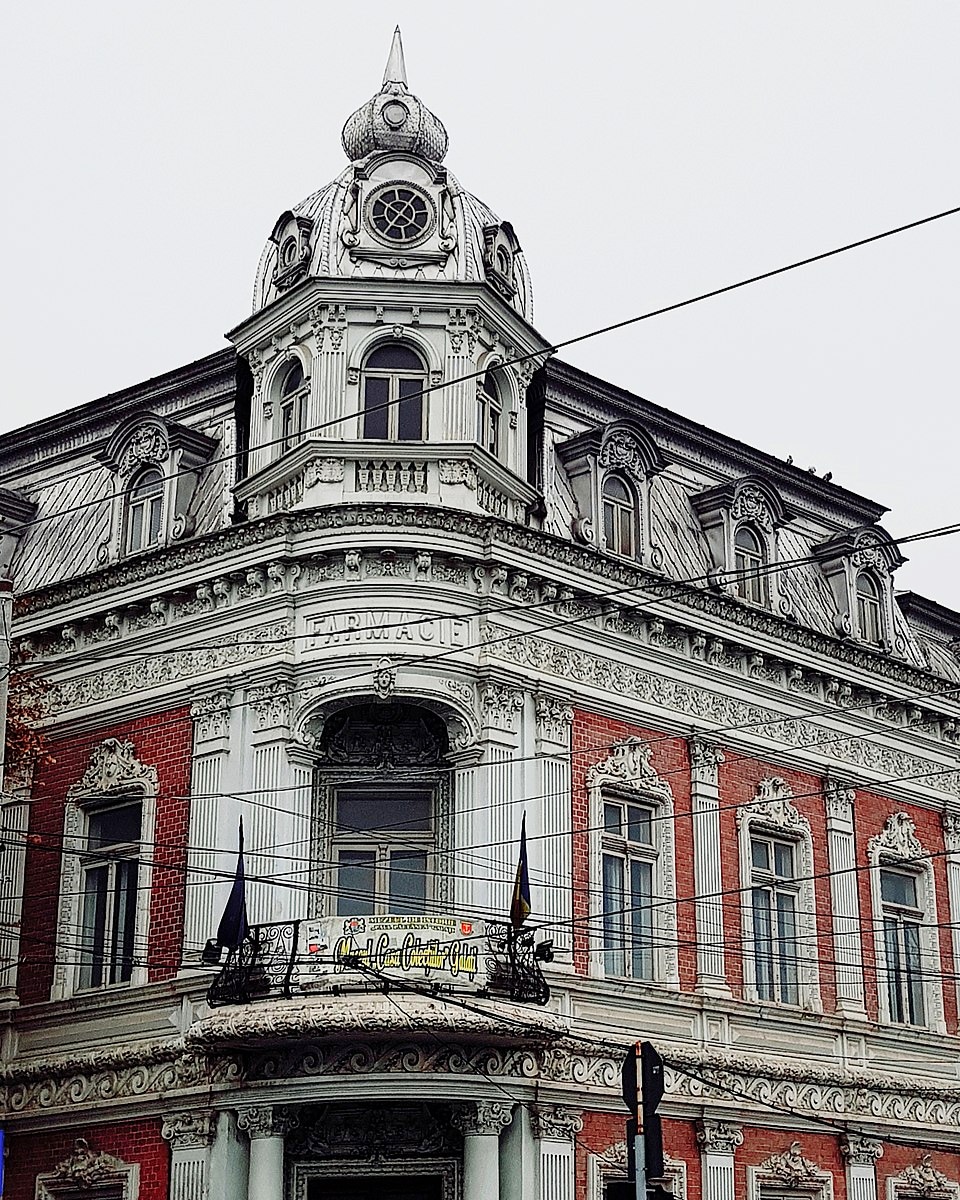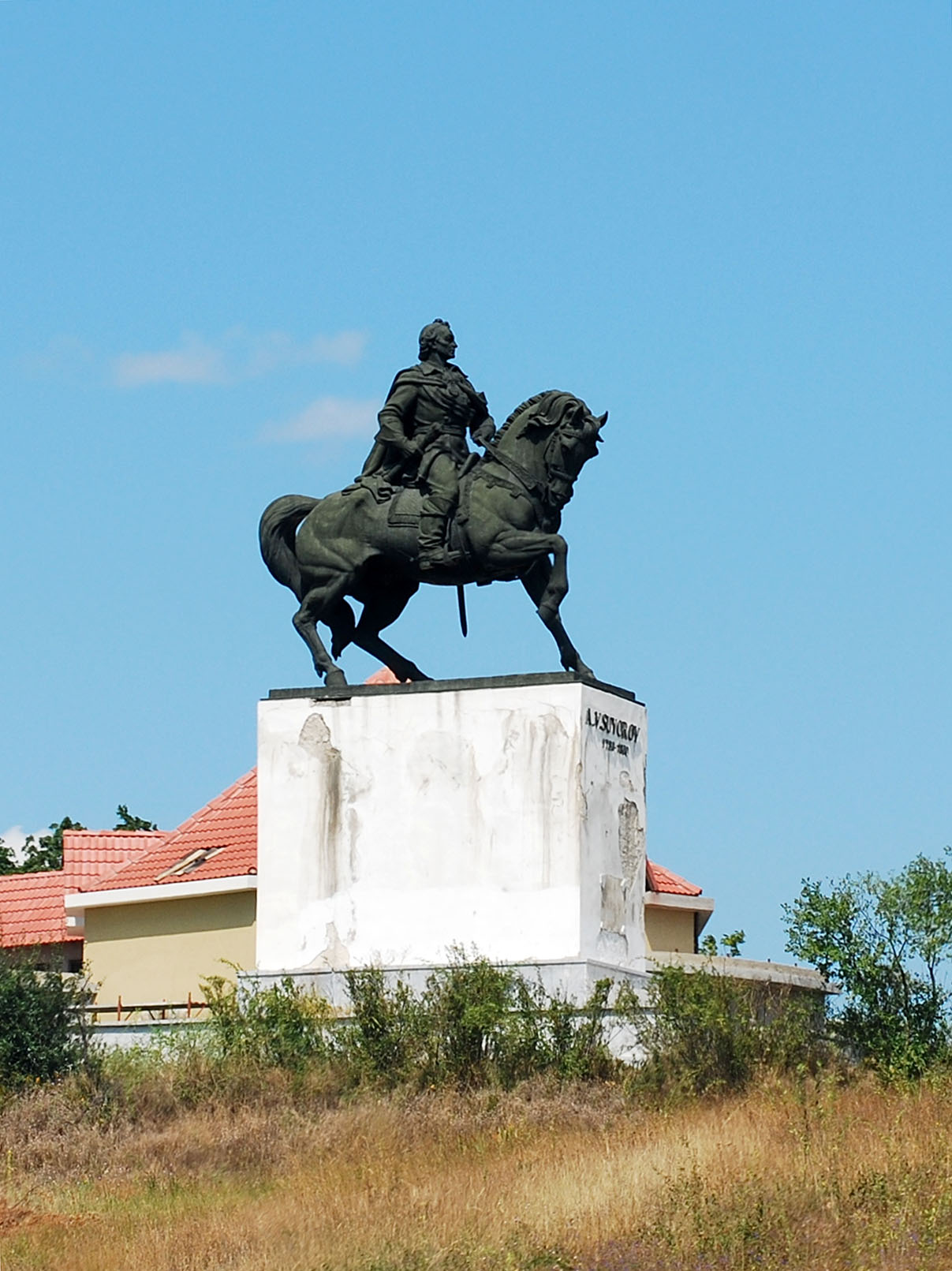|
Nămoloasa
Nămoloasa is a commune in Galați County, in the Western Moldavia region of Romania. It is composed of three villages: Crângeni, Nămoloasa, and Nămoloasa-Sat. The commune is located in the south-west of the county, on the border with Brăila County and Vrancea County, at a distance of from the county seat, Galați. Nămoloasa lies on the right bank of the river Siret, which separates it from the rest of Galați County; the commune can be accessed only through Vrancea County, where there is a bridge over the Siret. Nămoloasa is geographically part of the strategic Focșani Gate The Focșani Gate ( ro, Poarta Focșani or ) is a militarily and strategically vulnerable area in Romania and NATO. Control of the Focșani Gate allows entry into vast tracts of Romanian territory and several other regions of Europe. History Th .... Nămoloasa was also part of the 19th century Focșani–Nămoloasa–Galați line built to guard this area more properly. References Communes ... [...More Info...] [...Related Items...] OR: [Wikipedia] [Google] [Baidu] |
Galați County
Galați () is a county ( județ) of Romania, in Moldavia region, with the capital city at Galați. History Historically Galați is part of Moldavia. In 1858, it was represented by Alexandru Ioan Cuza at the ''ad hoc Divan'' at Iași, in the wake of the Crimean War. Prior to 1938 what is now eastern Galați was the separate Covurlui County (Județul Covurlui). From 1938 to 1945 Galați was part of Ținutul Dunării (Megacounty Dunării). 2010 Romanian floods During July 2010, the River Siret threatened to break through the dykes protecting the town of Șendreni, as locals and emergency services reinforced the dykes with sandbags trucks full of earth to prevent the river breaking out and flooding the town. Demographics In 2011, it had a population of 536,167 and the population density was 120/km2. * Romanians – over 98% * Russians, Ukrainians, and Romani – 2% Geography This county has a total area of 4,466 km2. The county lies on a low plain, between the ... [...More Info...] [...Related Items...] OR: [Wikipedia] [Google] [Baidu] |
Galați
Galați (, , ; also known by other alternative names) is the capital city of Galați County in the historical region of Western Moldavia, in eastern Romania. Galați is a port town on the Danube River. It has been the only port for the most part of Moldavia's existence. In 2011, the Romanian census recorded 249,432 residents, making it the 8th most populous city in Romania. Galați is an economic centre based around the port of Galați, the naval shipyard, and the largest steel factory in Romania, Galați steel works. Etymology and names The name ''Galați'' is derived from the Cuman word . This word is ultimately borrowed from the Persian word , "fortress". Other etymologies have been suggested, such as the Serbian . However, the ''galat'' root appears in nearby toponyms, some of which show clearly a Cuman origin, for example Gălățui Lake, which has the typical Cuman -''ui'' suffix for "water". Another toponym in the region is Galicia, with its town of Halych, locally ... [...More Info...] [...Related Items...] OR: [Wikipedia] [Google] [Baidu] |
Focșani Gate
The Focșani Gate ( ro, Poarta Focșani or ) is a militarily and strategically vulnerable area in Romania and NATO. Control of the Focșani Gate allows entry into vast tracts of Romanian territory and several other regions of Europe. History The area around the city of Focșani was already recognized as a weak point in Romania back in 1882. In that year, the government of Romania carried out a study to identify all the areas of the country where the terrain was not enough for defense and for engineering work to be taken on these areas to reinforce them. A few years before, Russia, a state then allied to Romania with which it had fought together in the Russo-Turkish War of 1877–1878, had stripped away the region of Southern Bessarabia from Romania, causing tensions between the two countries. Concerns over Romania's defensive capabilities arose, and the studies were performed. To defend the Focșani Gate, the Focșani–Nămoloasa–Galați line was built. The Focșani Gate sa ... [...More Info...] [...Related Items...] OR: [Wikipedia] [Google] [Baidu] |
Western Moldavia
Moldavia ( ro, Moldova), also called Western Moldavia or Romanian Moldavia, is the historic and geographical part of the former Principality of Moldavia situated in eastern and north-eastern Romania. Until its union with Wallachia in 1859, the Principality of Moldavia also included, at various times in its history, the regions of Bessarabia (with the Budjak), all of Bukovina, and Hertsa; the larger part of the former is nowadays the independent state of Moldova, while the rest of it, the northern part of Bukovina, and Hertsa form territories of Ukraine. Romanian Moldavia consists of eight counties, spanning over 18% of Romania's territory. Six out of the 8 counties make up Romania's designated Nord-Est development region, while the two southern counties are included within Romania's Sud-Est development region. History Moldavian dialect The delimitation of the Moldavian dialect, as with all other Romanian dialects, is made primarily by analyzing its phonetic features and only ... [...More Info...] [...Related Items...] OR: [Wikipedia] [Google] [Baidu] |
Romania
Romania ( ; ro, România ) is a country located at the crossroads of Central Europe, Central, Eastern Europe, Eastern, and Southeast Europe, Southeastern Europe. It borders Bulgaria to the south, Ukraine to the north, Hungary to the west, Serbia to the southwest, Moldova to the east, and the Black Sea to the southeast. It has a predominantly Temperate climate, temperate-continental climate, and an area of , with a population of around 19 million. Romania is the List of European countries by area, twelfth-largest country in Europe and the List of European Union member states by population, sixth-most populous member state of the European Union. Its capital and largest city is Bucharest, followed by Iași, Cluj-Napoca, Timișoara, Constanța, Craiova, Brașov, and Galați. The Danube, Europe's second-longest river, rises in Germany's Black Forest and flows in a southeasterly direction for , before emptying into Romania's Danube Delta. The Carpathian Mountains, which cross Roma ... [...More Info...] [...Related Items...] OR: [Wikipedia] [Google] [Baidu] |
Brăila County
Brăila County () is a county ( județ) of Romania, in Muntenia, with the capital city at Brăila. Demographics In 2011, Brăila had a population of 304,925 and the population density was 64/km2. * Romanians – 98% * Romani, Russians, Lipovans, Aromanians and others - 2% Geography This county has a total area of 4,766 km2. All the county lies on a flat plane: the Bărăgan Plain, one of the best areas for growing cereals in Romania. On the east side there is the Danube, which forms an island – The Great Brăila Island surrounded by the Măcin channel, Cremenea channel and Vâlciu channel. On the northern side there is the Siret River and on the north-western side there is the Buzău River. Neighbours * Tulcea County in the east. * Buzău County in the west. * Galați County and Vrancea County in the north. * Ialomița County and Constanța County in the south. Economy The agriculture is the main occupation in the county. Industry is almost entirely ... [...More Info...] [...Related Items...] OR: [Wikipedia] [Google] [Baidu] |
Vrancea County
Vrancea () is a county ( județ) in Romania, with its seat at Focșani. It is mostly in the historical region of Moldavia but the southern part, below the Milcov River, is in Muntenia. Demographics In 2011, it had a population of 340,310 and a population density of . * Romanians – over 98% * Romani, others – 2% Geography Vrancea County's area is of . A curvedly shaped mountainous area, known in Romanian as the '' Carpații de Curbură'', lies in the western part of the county, at the Southern end of the Eastern Carpathians, with heights over . To the East, the heights decrease into hilly areas and the lower valley of the Siret River. The main tributary of the Siret, which crosses the county, is the Putna River. Seismic hazard The territory of Vrancea County is the most seismically active zone of Romania, with yearly earthquakes whose focal depths are between and therefore affect wide regions. The earthquakes with the epicenter in Vrancea are caused by the movem ... [...More Info...] [...Related Items...] OR: [Wikipedia] [Google] [Baidu] |
Siret (river)
The Siret or Sireth ( uk, Сірет or Серет, ro, Siret , hu, Szeret, russian: Сирет) is a river that rises from the Carpathians in the Northern Bukovina region of Ukraine, and flows southward into Romania before it joins the Danube. It is long,Planul de management al spațiului hidrografic Siret Administrația Națională Apele Române of which in Romania, and its basin area is , of which in Romania. Its average discharge is . [...More Info...] [...Related Items...] OR: [Wikipedia] [Google] [Baidu] |
Communes In Galați County
An intentional community is a voluntary residential community which is designed to have a high degree of social cohesion and teamwork from the start. The members of an intentional community typically hold a common social, political, religious, or spiritual vision, and typically share responsibilities and property. This way of life is sometimes characterized as an "alternative lifestyle". Intentional communities can be seen as social experiments or communal experiments. The multitude of intentional communities includes collective households, cohousing communities, coliving, ecovillages, monasteries, survivalist retreats, kibbutzim, hutterites, ashrams, and housing cooperatives. History Ashrams are likely the earliest intentional communities founded around 1500 BCE, while Buddhist monasteries appeared around 500 BCE. Pythagoras founded an intellectual vegetarian commune in about 525 BCE in southern Italy. Hundreds of modern intentional communities were formed across Europe ... [...More Info...] [...Related Items...] OR: [Wikipedia] [Google] [Baidu] |





